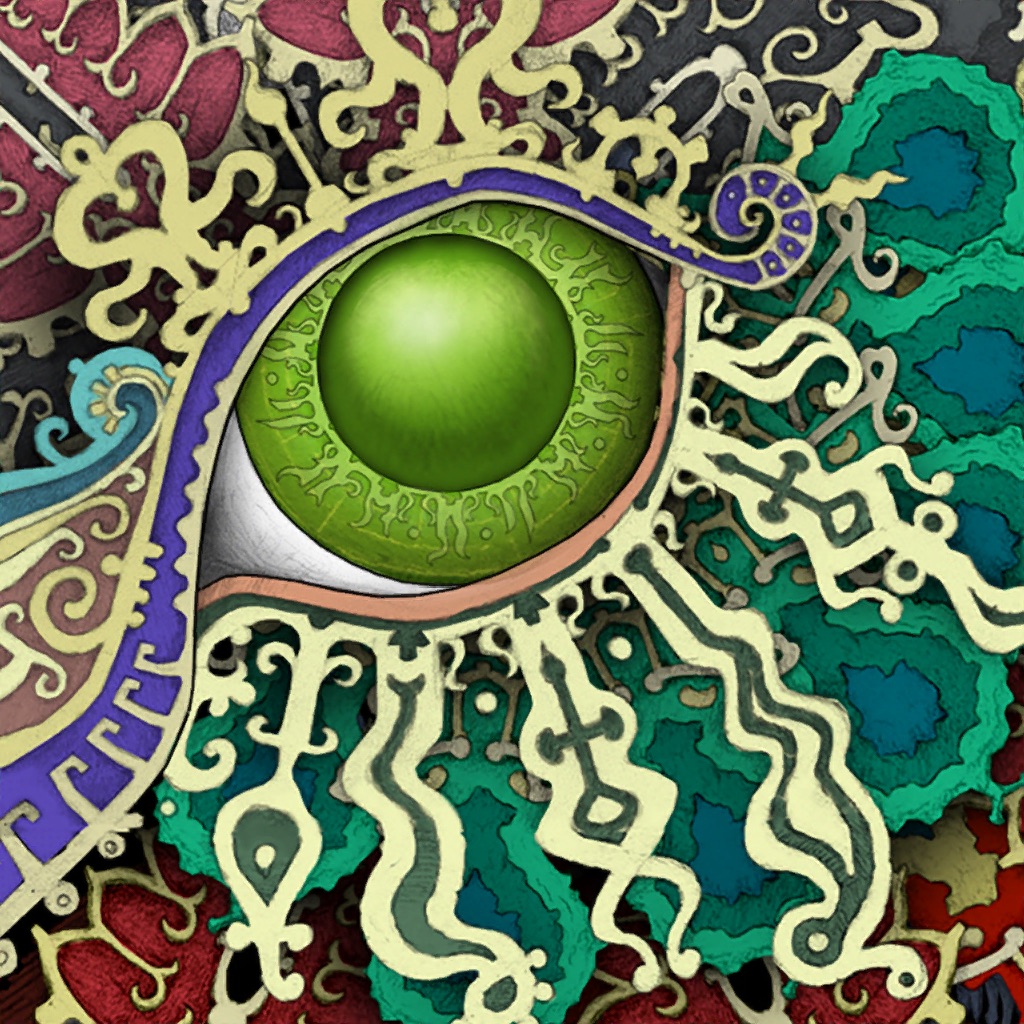

It’s designed to exist in the moment and in line with its elaborate train of thought. Instead, Gorogoa operates through cursive dream logic. Like many point-and-click adventure games, you could also probably brute force your way through Gorogoa, but it’s neither obtuse nor arcane enough to send you away to look at a guide. Obtaining each piece sends the player through a winding medley of logic and reasoning. Generally you’re intended to perform actions that direct the boy, through either abstract or plain direction, to collect a piece of fruit. Four panes, and multiple levels and objects within those panes, are ripe with opportunity.

While Gorogoa revels in simplicity, its tasks and progression demand a keen eye and a close attention to detail. Eventually there can be four, revealing the extent of Gorogoa’s premise shift perspective and affect the environment. The player drags the city pane over the closet pane and, magic, the boy exits his closet door and walks into the city. The city view zooms toward the center, revealing a door. One for the clear view of the city, and one with the boy exiting a nearby closet. The boy walks away, but the player inevitably clicks on the window and drags it to the side. Gorogoa begins with a single pane of artwork a colorful monster roosts in a city as a boy looks out a window. Three distinct narratives converge together, which is an apt spectacle for a game concerned with peering through windows. For its creator, Gorogoa is a five year journey through the perils of designing his first videogame. For its player, Gorogoa is a mechanical exercise in shifting perspectives and a clever prompt for tests of logic. Behind the eyes of its characters, Gorogoa is a wistful reflection of untaught imagination, the erosion of possibility, and the recovery of passion.


 0 kommentar(er)
0 kommentar(er)
